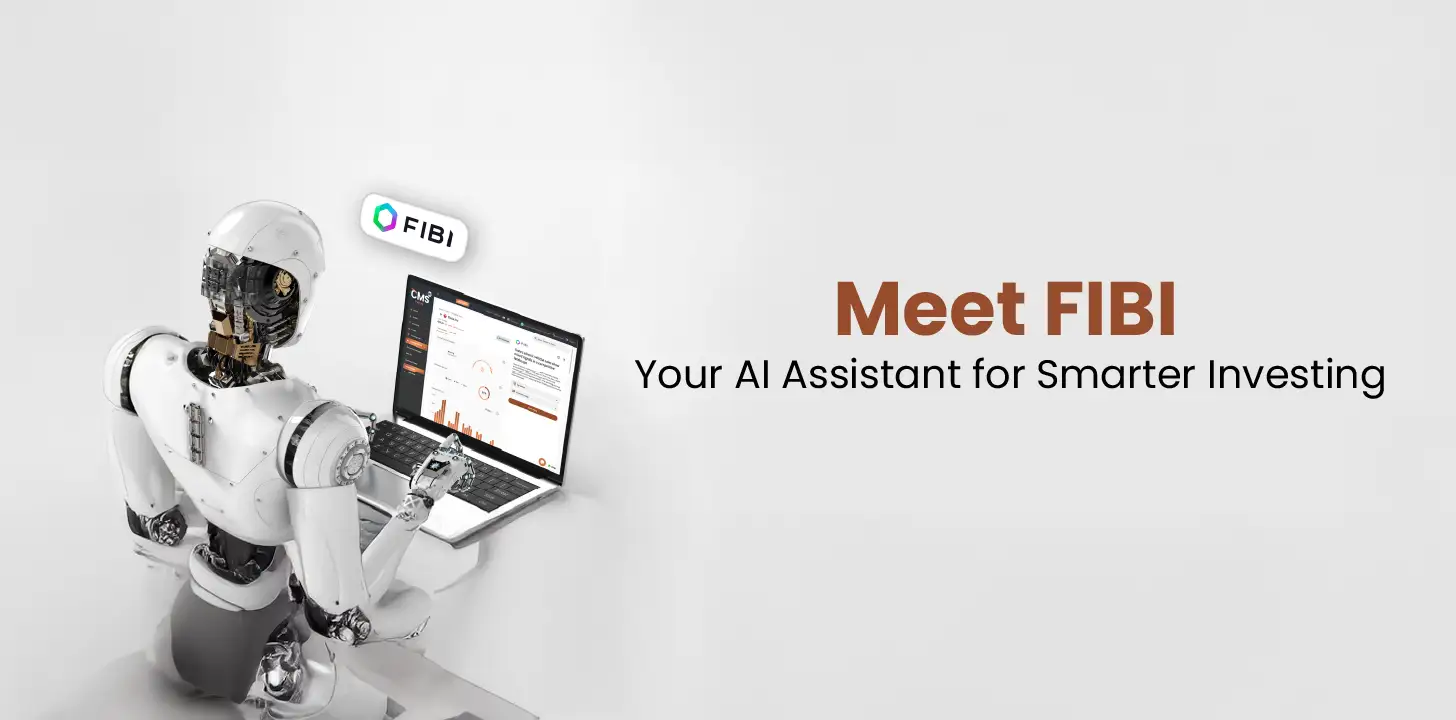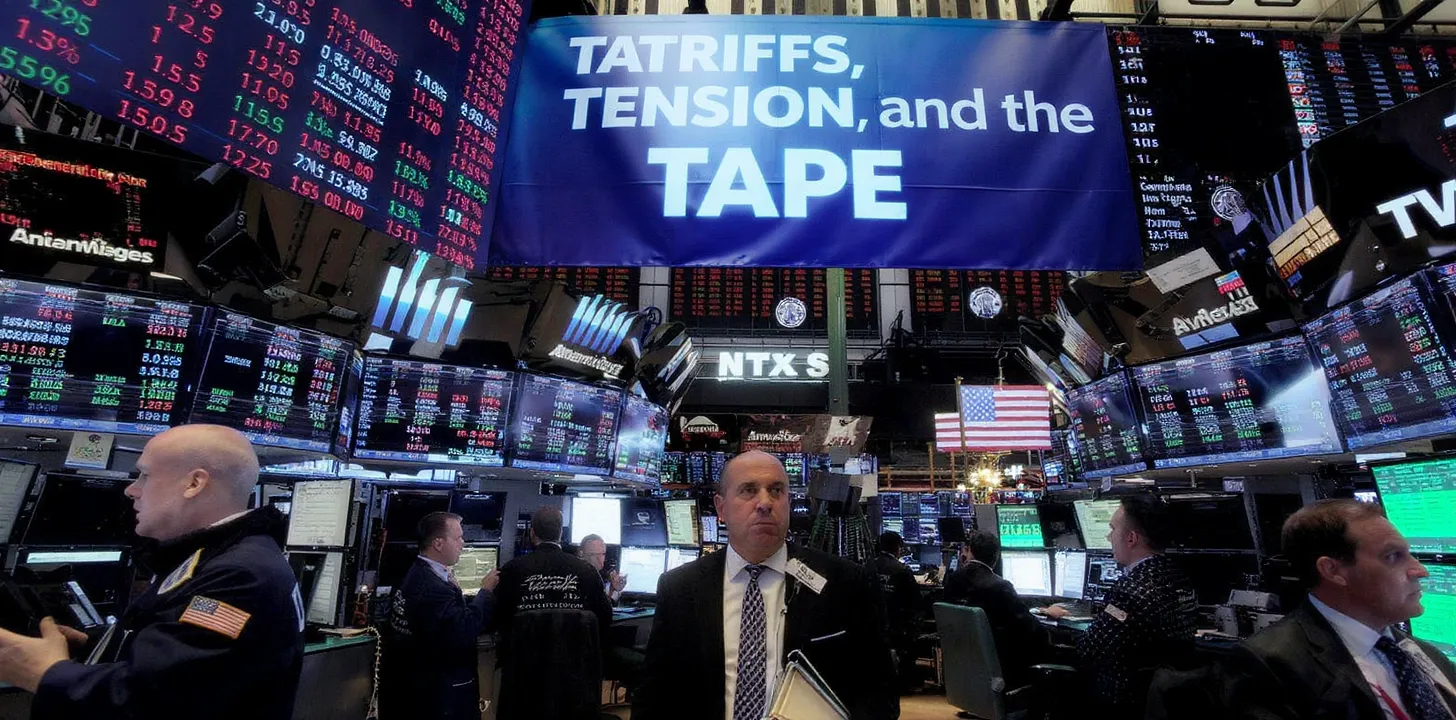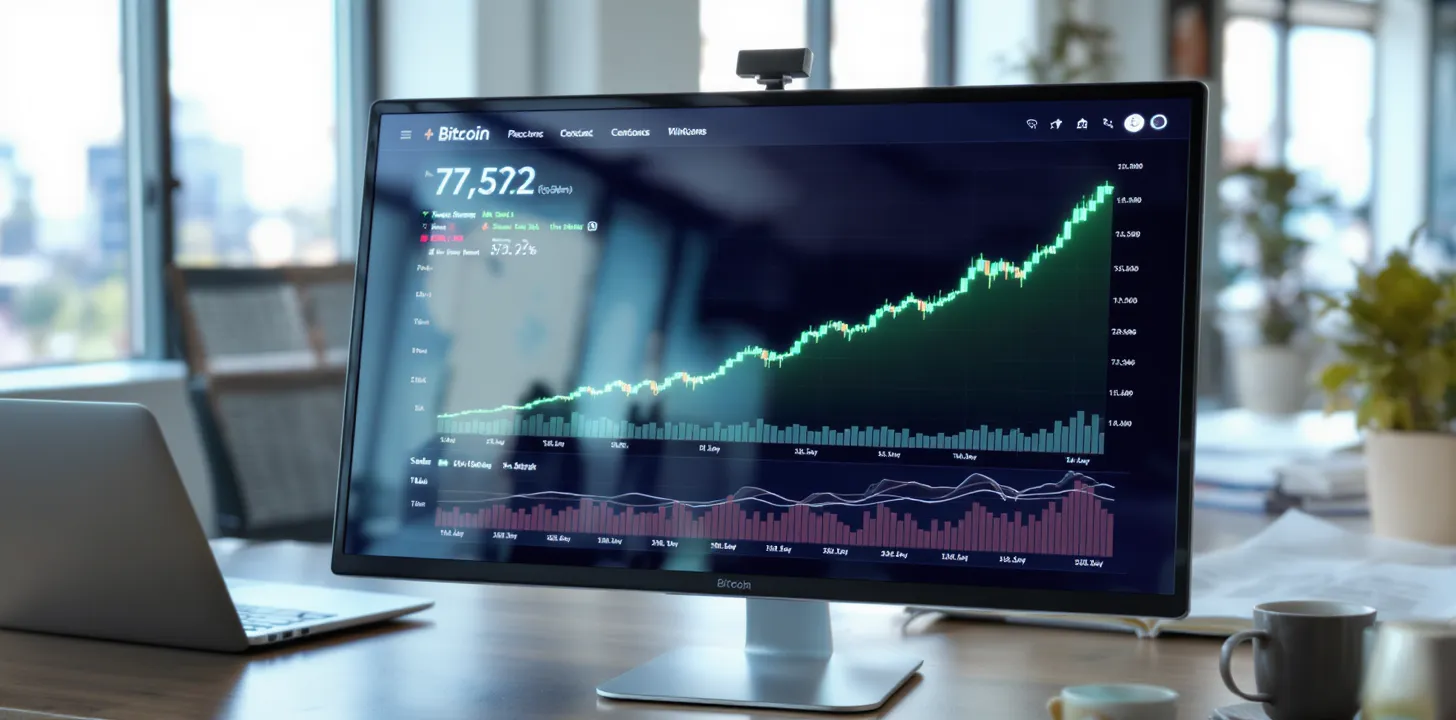The Psychology of Market Risk: A Modern Paradigm
Introduction
The contemporary financial marketplace represents an intricate ecosystem where traditional risk assessment frameworks have undergone profound transformation. Market participants now navigate an environment where algorithmic trading systems coexist with human emotional responses, creating multi-layered risk dynamics that demand increasingly sophisticated analysis. This evolution has given rise to what we might term the "technological-behavioral nexus" of risk sentiment – a complex interplay between quantitative metrics and psychological factors that fundamentally shapes market behavior.
Innovation's Impact on Risk Perception
The proliferation of financial technology has catalyzed a fundamental shift in risk perception and management paradigms. High-frequency trading algorithms, machine learning-driven analysis tools, and distributed ledger technologies have introduced unprecedented dimensions to risk assessment. These innovations have created what market analysts increasingly recognize as a "technological risk premium" – an additional layer of complexity in market behavior that stems from the interaction between automated systems and traditional market forces. The impact of this premium becomes particularly evident during periods of market stress, where algorithmic responses can amplify price movements and create feedback loops that traditional risk models struggle to capture.
The Behavioral Economics of Modern Risk Assessment
Contemporary risk sentiment analysis must account for both systematic market factors and the psychological elements that drive investor behavior. Research in behavioral finance has revealed that cognitive biases, such as anchoring and availability heuristics, play crucial roles in risk perception. These psychological factors often create disconnects between fundamental valuations and market prices, particularly during periods of technological disruption or market stress. The challenge lies in quantifying these behavioral elements and integrating them into formal risk assessment frameworks.
Quantifying the Qualitative: New Metrics for Risk Sentiment
The evolution of risk sentiment analysis has necessitated the development of more sophisticated measurement tools. Traditional volatility indices now complement alternative data sources, including social media sentiment analysis, patent filing trends, and innovation metrics. This fusion of qualitative and quantitative indicators provides a more nuanced understanding of market risk dynamics. Machine learning algorithms increasingly process vast amounts of unstructured data to identify patterns in risk sentiment that might escape traditional analysis methods. These new metrics have become particularly crucial in evaluating emerging technology sectors, where traditional valuation metrics may prove insufficient.
The Integration of Technical and Fundamental Analysis
Modern risk assessment requires a sophisticated blend of technical and fundamental analysis, particularly when evaluating innovation-driven sectors. Technical indicators must now account for the impact of algorithmic trading systems, while fundamental analysis needs to incorporate metrics related to technological advancement and innovation potential. This integration has led to the development of hybrid analysis frameworks that attempt to capture both the quantitative and qualitative aspects of risk.
Institutional Adaptation to New Risk Paradigms
Financial institutions have been forced to adapt their risk management frameworks to account for these new dynamics. Traditional Value at Risk (VaR) models are being supplemented with machine learning algorithms that can better capture tail risks and black swan events. The incorporation of alternative data sources and real-time sentiment analysis has become crucial for institutional risk management, particularly in markets where technological innovation plays a significant role.
The Future of Risk Sentiment Analysis
As we advance into an increasingly digitalized financial ecosystem, the integration of traditional risk metrics with innovation-driven indicators becomes paramount. The challenge lies in developing frameworks that can effectively synthesize these diverse data points while maintaining their practical utility for market participants. The future of risk sentiment analysis will likely involve even greater integration of artificial intelligence and machine learning tools, potentially leading to more sophisticated predictive models that can better account for the complex interplay between technological innovation and market psychology.



